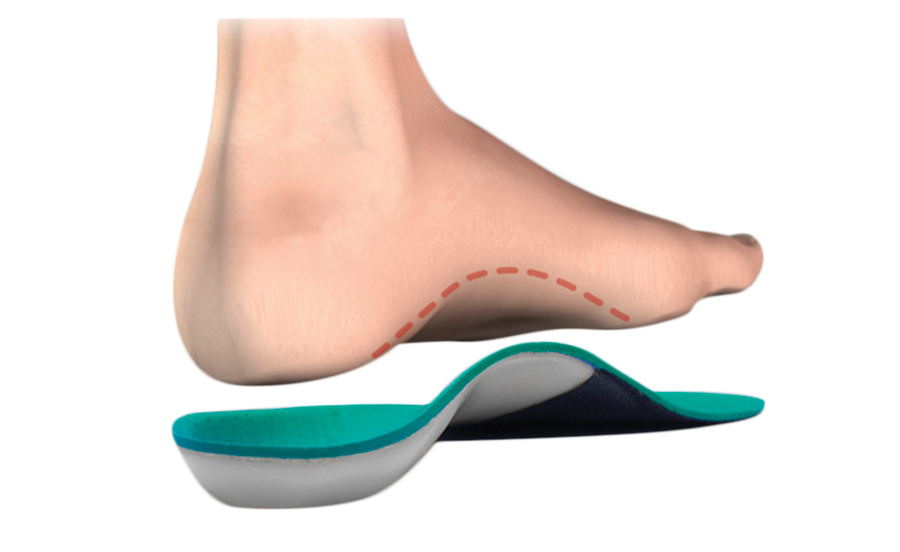Definition of a Corn
Corns are small circles of thick skin that usually develop on the tops, sides and between the toes along with the the soles of the feet, they are usually yellowish in colour and are caused by excessive pressure and friction. Corns like calluses develop from an accumulation of dead skin cells on the foot, forming thick, hardened areas. They contain a cone-shaped core with a point that can press on a nerve below, causing pain. Corns can become inflamed due to constant friction and pressure from footwear. Corns that form between the toes are sometimes referred to as soft corns.
In addition to excessive pressure and friction, soft corns that form between the toes are caused by excessive moisture or sweating.
Corns are often more painful than calluses but this can vary from one individual to the next.
The excessive pressure that causes corns and calluses can be due to tight, pointy or high heeled shoes or changes in structure of the feet or toes.
Common causes of Corns
- Inappropriate footwear such as high or tight pointy shoes
- Feet that have lost some of their fatty padding, possibly as the result of the aging process
- Weight gain
- Some medical conditions such as diabetes or hypothyroidism, which cause drying out of the skin to a higher degree than normal
- Some skin disorders such as psoriasis and eczema
- Excessive sweating of the feet.
- Stepping on sharp objects such as nails or glass, the resulting damage to the skin leaves the areas affected more prone to the formation of corns and calluses.
- Previous treatments such as cryosurgery, this is often used to treat troublesome verrucae.
What treatments can our podiatrists provide for Corns?
- Perform a physical examination to ascertain the cause

Custom Made Shoe Insole
- Gentle removal of the thickened hard skin and corn
- Advice on suitable footcare products to delay the hard skin and corns returning.
- Footwear advice, as many individuals wear incorrect fitting and styled footwear
- Provision of protective padding
- Custom made shoe insoles to remove the cause of the hard skin
- We do not recommend patients using corn plasters that contain acids
- Recommend surgery if non surgical or conservative treatment is not deemed appropriate (rarely required)
What other skin lesions look similar to corns to the untrained eye?
Verrucae are often confused with corns, verrucae are caused by a virus, whereas corns and calluses are caused by pressure and excessive moisture.
Treatment and Prevention of Corns
A qualified podiatrist can use a scalpel and effectively remove the corn – this is a temporary fix, as the corn will reappear due to the excessive pressure applied to the area due to poor fitting shoes, tight socks and movement of the foot within the shoe.
There are very simple ways to prevent and treat the corns. You should wear properly fitted footwear with extra room in the toe box (toe area). Avoid shoes that are too tight or too loose. Use an orthotic or shoe insert made with materials that will absorb shock and shear forces. Also avoid tight socks and stockings to provide a healthier environment for the foot. Try to steer away from corn removing solutions and medicated pads. These solutions can sometimes increase irritation and discomfort. Diabetics and all other individuals with poor circulation should never use any chemical agents to remove corns.
